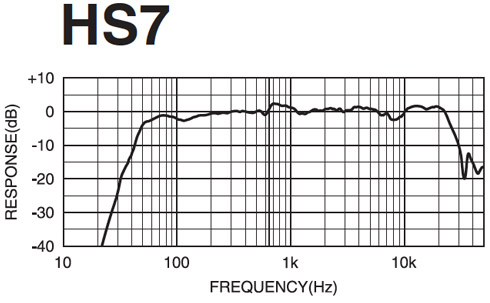I am looking at monitors to complete my home studio setup, making measurements, etc. Specifically I am looking at Yamaha Hs5's or Hs7's. From what I am seeing, 7's would be pushing it space wise where as 5's would be perfect.
I am afraid that 5's would not sound good with modelers, although I haven't auditioned them in person yet. I am looking for some opinions. I know the 7's would give a better bass response but I am wondering if that just gives an illusion of being "better".
These would only be using for basic recording and practicing at home, as I am a home player for now.
I do want to add that right now, for everyday listening I am using the built in speakers from my iMac, and the Axe Fx recordings sound amazing even through that. I am assuming 5" speakers would sound even better then that, so if that is the case, maybe it will be good enough for my needs.
Again, opinions are welcome.
I am afraid that 5's would not sound good with modelers, although I haven't auditioned them in person yet. I am looking for some opinions. I know the 7's would give a better bass response but I am wondering if that just gives an illusion of being "better".
These would only be using for basic recording and practicing at home, as I am a home player for now.
I do want to add that right now, for everyday listening I am using the built in speakers from my iMac, and the Axe Fx recordings sound amazing even through that. I am assuming 5" speakers would sound even better then that, so if that is the case, maybe it will be good enough for my needs.
Again, opinions are welcome.


